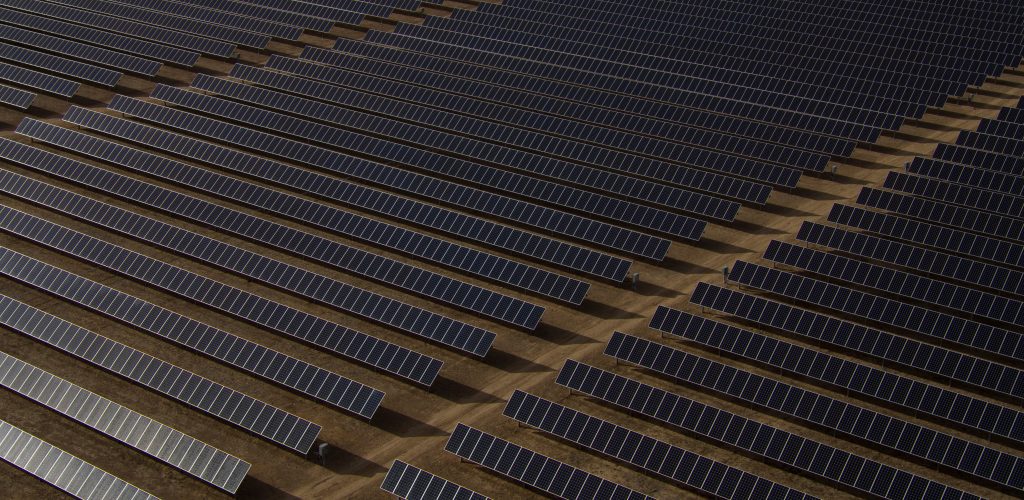No business model is the same for CSP due to the complexity of projects in terms of engaged actors across the different stages. MUSTEC project team investigated the CSP industry to identify the existing business models and found that the CSP industry has been forced to adjust its original business models. This post further discusses risks and barriers for the CSP industry but also financing opportunities.
Considering the complexity of CSP projects in terms of engaged actors across the different stages, no business model is identical to the other. In this context, the MUSTEC project team carried out a CSP industry survey, in order to identify the existing business models for CSP structuring and financing opportunities across Europe, providing thus the base for the derivation of new appropriate models.
Overall, it seems that the CSP industry has been forced to make adjustments to its original business models, by adding additional services and covering more stages of the CSP value chain. Moreover, due to the CSP deployment rates, they have been forced to modify their value proposition, by adding other RES technologies. The current conditions are considered mature enough for all CSP value chain phases to be undertaken at a host country, outside EU, partially or fully.
Considering that the revenue, policy and regulatory associated risks and barriers are considered the most important ones, it is expected that the transformation of the electricity market, so that ancillary and balancing services are provided, combined with the carbon emission allowances, will offer additional revenue streams. Moreover, the type of support mechanism offered is not considered as crucial as its stable application. Technical related barriers are not a significant concern for the CSP industry, while for project financiers they are taken into consideration, but are not their primary concern.
Finally, as regards the financing opportunities available at EU level, although currently it is a transition period as we reach 2020, the existing programs as well as the future ones planned are designed so as to support primarily demonstration technologies and First of A Kind (FOAK) projects.
Read more on this report here.

This article is an output of the EU-funded MUSTEC project.
MUSTEC
The MUSTEC consortium consists of nine renowned institutions from six European countries and includes many of the most prolific researchers in the European energy policy community, with very long track records of research in European and nationally funded energy policy research projects.
MUSTEC main results are the following:- identifying the barriers holding CSP back and limiting its expansion in Europe, in the context of the energy and climate targets of 2030 and beyond,
- finding the drivers for CSP and the potential niches in which intra-European CSP trade can play an important role for the decarbonisation, stabilisation and integration of the European power system, and
- proposing concrete policy solutions to overcome the identified obstacles and create the necessary enabling conditions for European CSP growth
- Project title: Market Uptake of Solar Thermal Electricity through Cooperation (MUSTEC)
- Funding scheme: European Union Horizon 2020 Programme (EU H2020, grant agreement no. 764626)
- Duration: 3 years (1 October 2017 – 30 September 2020)
- Project coordinator: Centro de Investigaciones Energéticas, Medioambientales y Tecnológicas – CIEMAT, Spain
- Project website: http://www.mustec.eu



